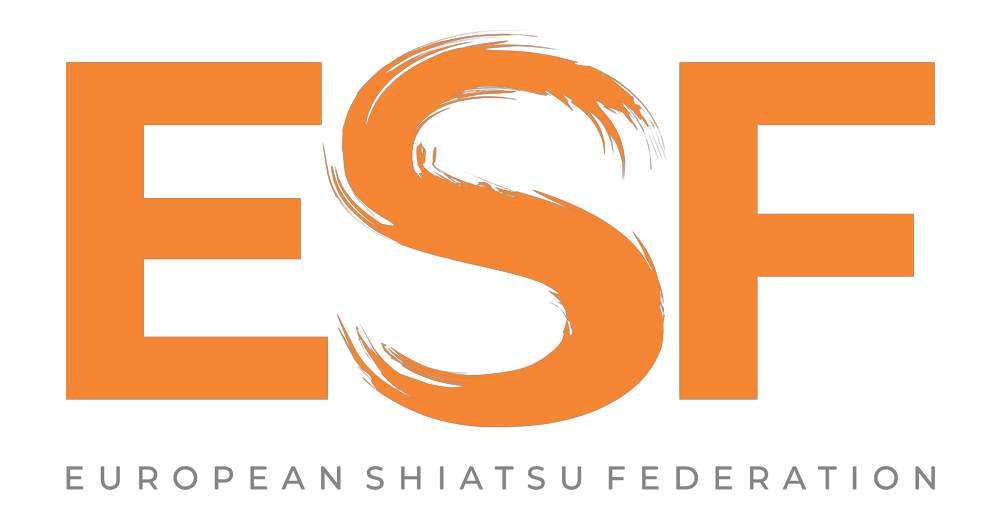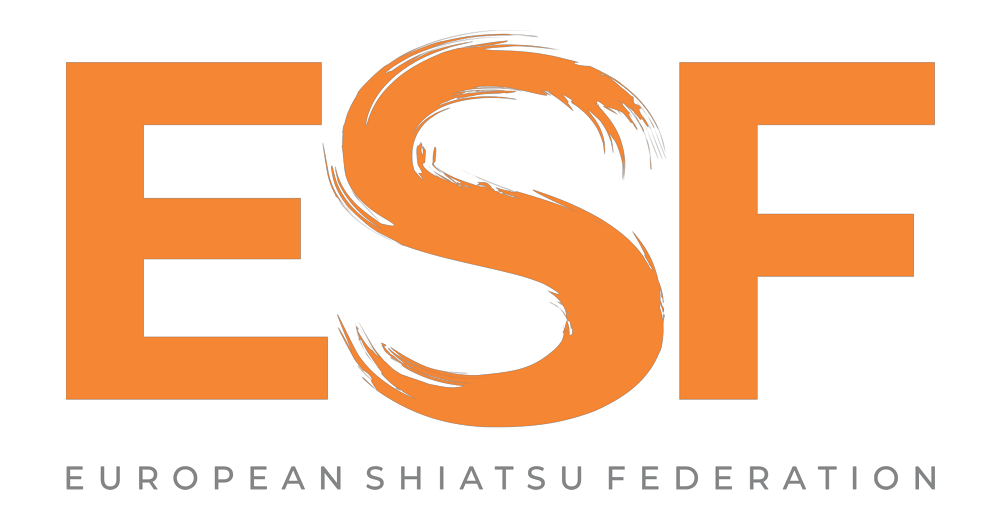
CONFERENCES
First European Parliament Conference on Complementary and Alternative Medicine, CAM.
The conference was organised by EFCAM
The first ever conference at the European institutions on Complementary and Alternative Medicine, CAM, took place on Tuesday October 9th in the European Parliament. It was accompanied by a three day exhibition that had demonstrations of reflexology and Shiatsu, where visitors could sample those modalities. Stands and posters illustrating CAM modalities, providing publications and information on access to and uses of the modalities were also displayed.
CAM Conf. Summary report
Below are the presentation files presented during the conference.
Introduction to CAM: An Innovative Healthcare Practice
Prof. Andrew Long
Complementary and Alternative Medicine in Health Promotion and Disease Prevention
Simona Dragan
Complementary and Alternative Medicine and chronic disease management
Prof. Dr. Erik W. Baars
Innovative use of CAM in health care and public health systems
Associate Professor Torkel Falkenberg
Complementary and Alternative Medicine for innovative partnerships
Priv.-Doz. Dr. med. Dominik Irnich
Patients’ motivations for and use of CAM
Prof. Helle Johannessen
Costs and cost-effectiveness of Complementary and Alternative Medicine
Claudia M. Witt
Evidence-base and effectiveness of Complementary and Alternative Medicine
Prof. Dr. Gustav Dobos
